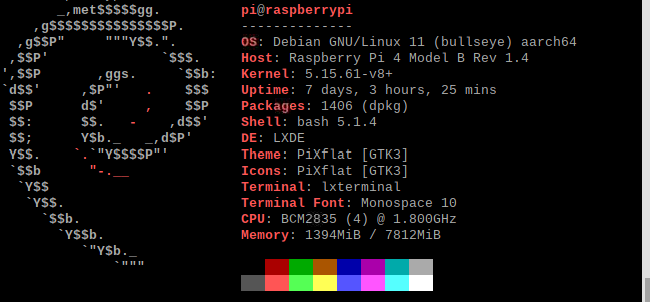Hi, I’m new to trying to do interesting stuff with computers but from watching LevelOneTechs and Linus Tech Tips I bought a NAS last year and this year have tried to learn a bit more of how to use linux and the Raspberry Pi 4b that I had gotten for a university project in Computer Systems Engineering.
After completing a vaultwarden instance that utilized portainer to deal with docker, as well as nginx reverse proxy on the Raspberry Pi I would like to do more with it but I don’t know what would be a good next task as well as if I should be using the QNAP TS-230 I bought last year for something other than solely storage.
Last year I had thought about trying to make a pantry/inventory management system that would maybe be a progressive web app or use the Pi to scan food that is bought after there was a problem in the house where we ran into issues of having food that went bad in 2018 found in 2020 and generally not knowing what food there was in the house. However, none of the courses I took in university at the time really was on web apps and after spending a few hours trying to learn JavaScript over a few weeks I had to focus on school.
Sorry if this is really rambly, I want to do more with my tech, but I just don’t know what my next step should be. I don’t live alone, so I don’t know if I should be doing too much that effects the router other than the basic opening of ports.
Thank you for your time,
Ultraforce.


